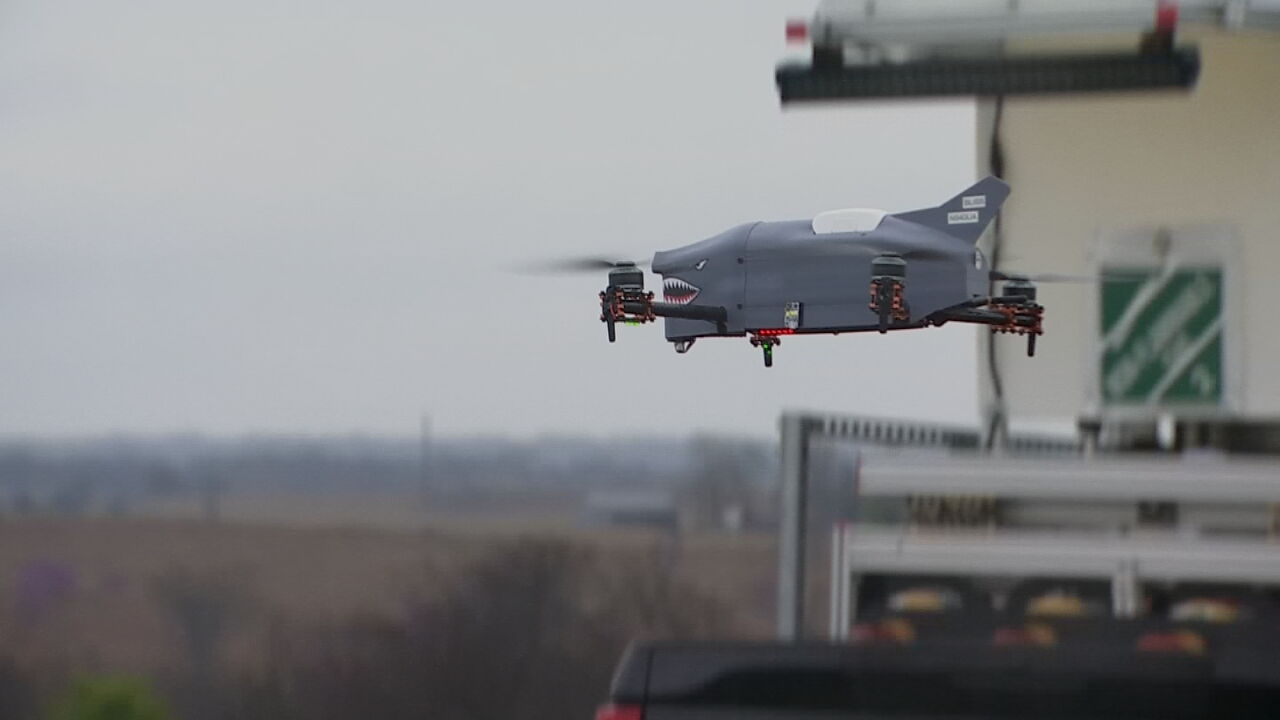Severe weather season is here, and researchers in our state are taking advantage of this time to study the skies. Scientists at NOAA and the University of Oklahoma are utilizing drones to gain insights into how severe weather forms. A vast field in Purcell is regularly used as a takeoff spot for a 3D-printed drone nicknamed “the shark”.
The drones are equipped with sensors that offer greater precision and unique capabilities compared to those used in weather balloons. Unlike weather balloons that drift with the wind, the drones are built to combat wind resistance and maneuver through the sky effectively during severe weather conditions. This allows researchers to obtain data with more accuracy and detail.
Last year, the research team was near the site of the deadly Rolling Fork tornado outbreak in Mississippi. By collecting data from these storms using the drones, they were able to make significant advancements in forecasting. Additionally, on quieter days, the team gathers data on various atmospheric parameters such as temperature, humidity, wind speed, wind direction, and pressure.
Dr. Tyler Bell, a research scientist, explains that with these high-resolution and comprehensive measurements, better forecasts can be produced. The use of drones provides a new perspective and innovative approach to studying the sky and improving weather forecasting.
In recent years, drone technology has been advancing rapidly. These unmanned aerial vehicles (UAVs) have become increasingly popular for scientific research due to their ability to collect data from difficult-to-reach areas or capture images that would be impossible for humans to achieve.
Researchers at NOAA and the University of Oklahoma have been working together for several years now to develop new techniques for studying severe weather conditions using UAVs. They have created a range of specialized equipment that can be used in different environments, including drones equipped with advanced sensors and cameras.
One of their latest projects involves using small 3D-printed drones called “sharks” that can fly into severe weather conditions like tornadoes or hurricanes.
These tiny aircraft are equipped with specialized sensors that allow researchers to collect detailed information about how severe weather forms over time.
“We’re looking at things like cloud structure, precipitation patterns



